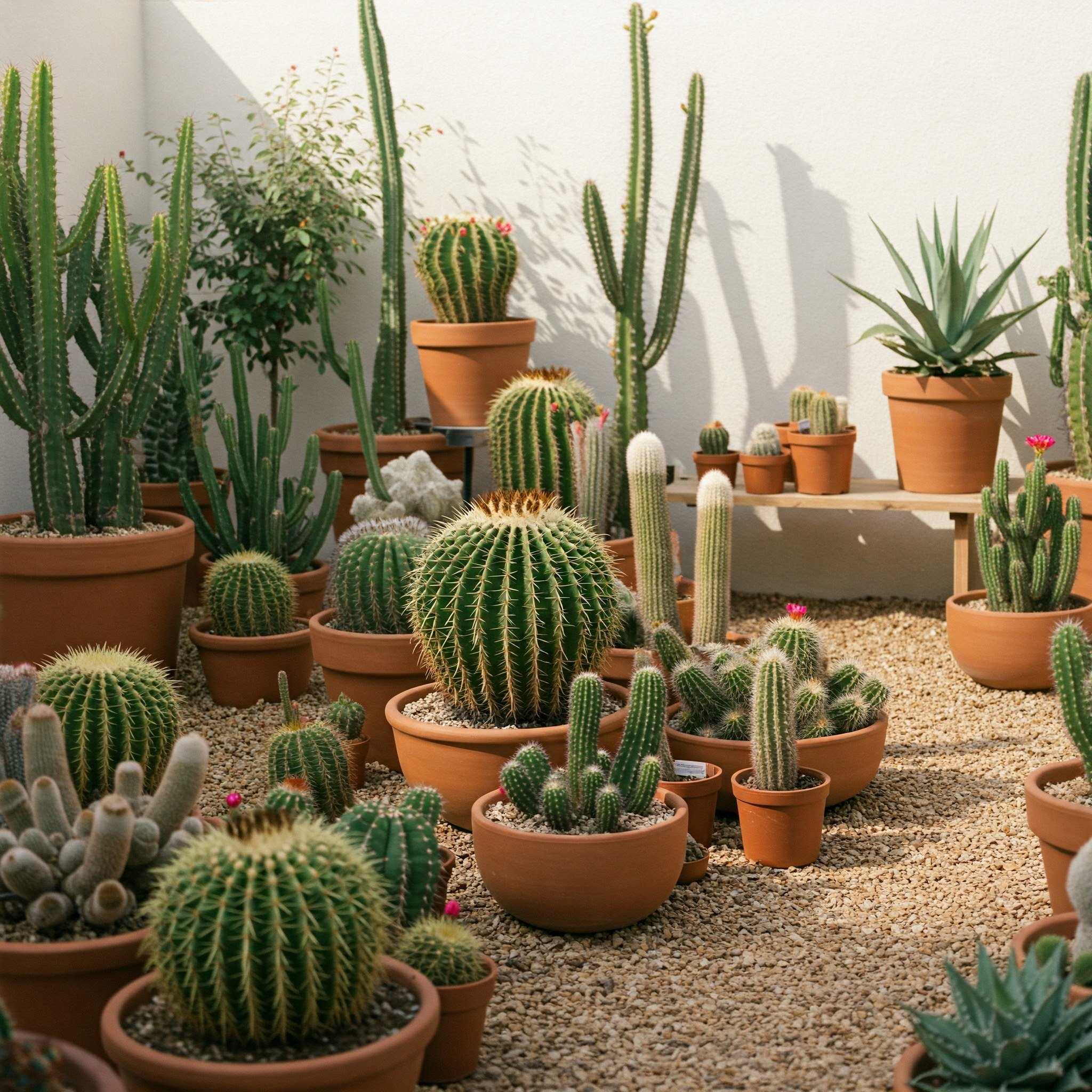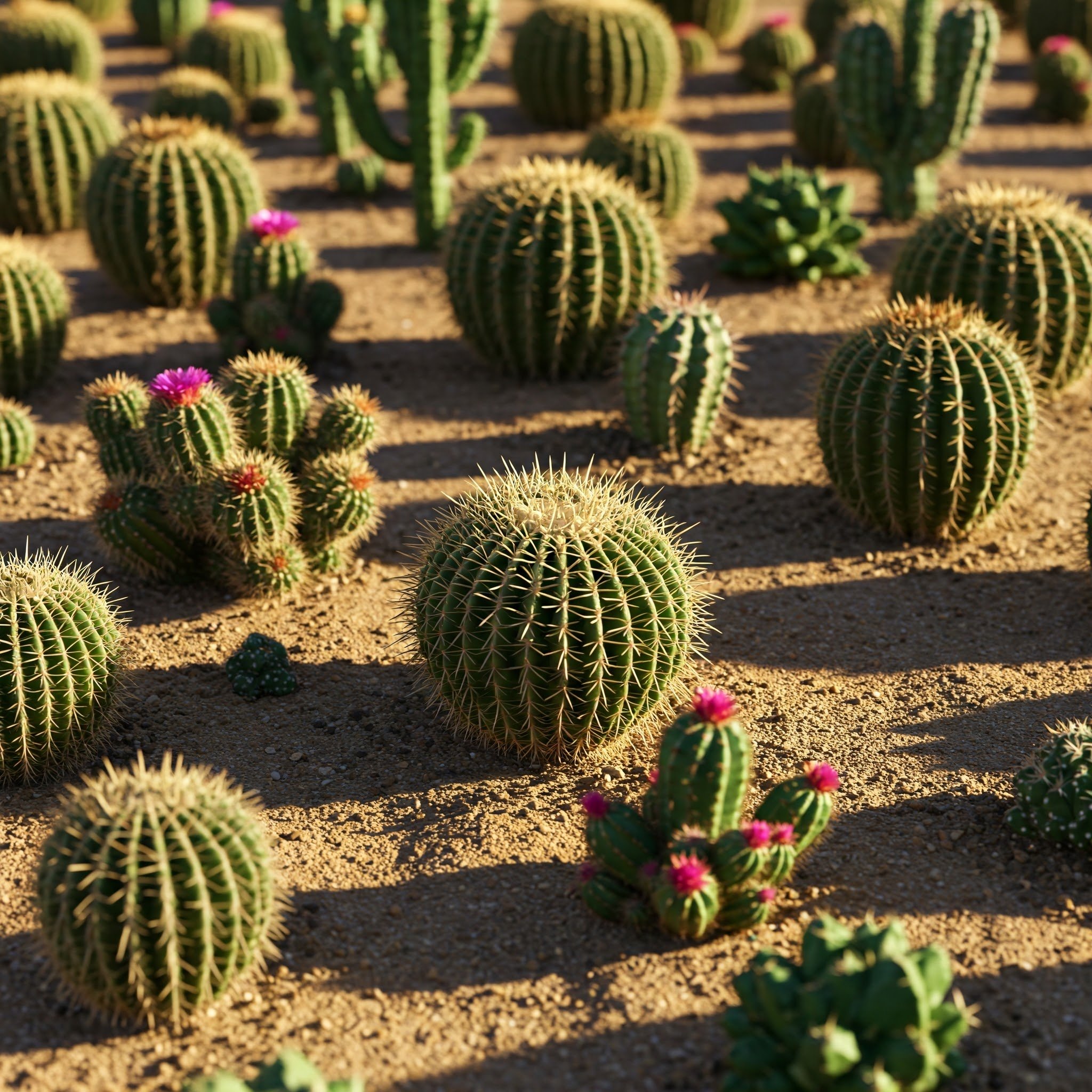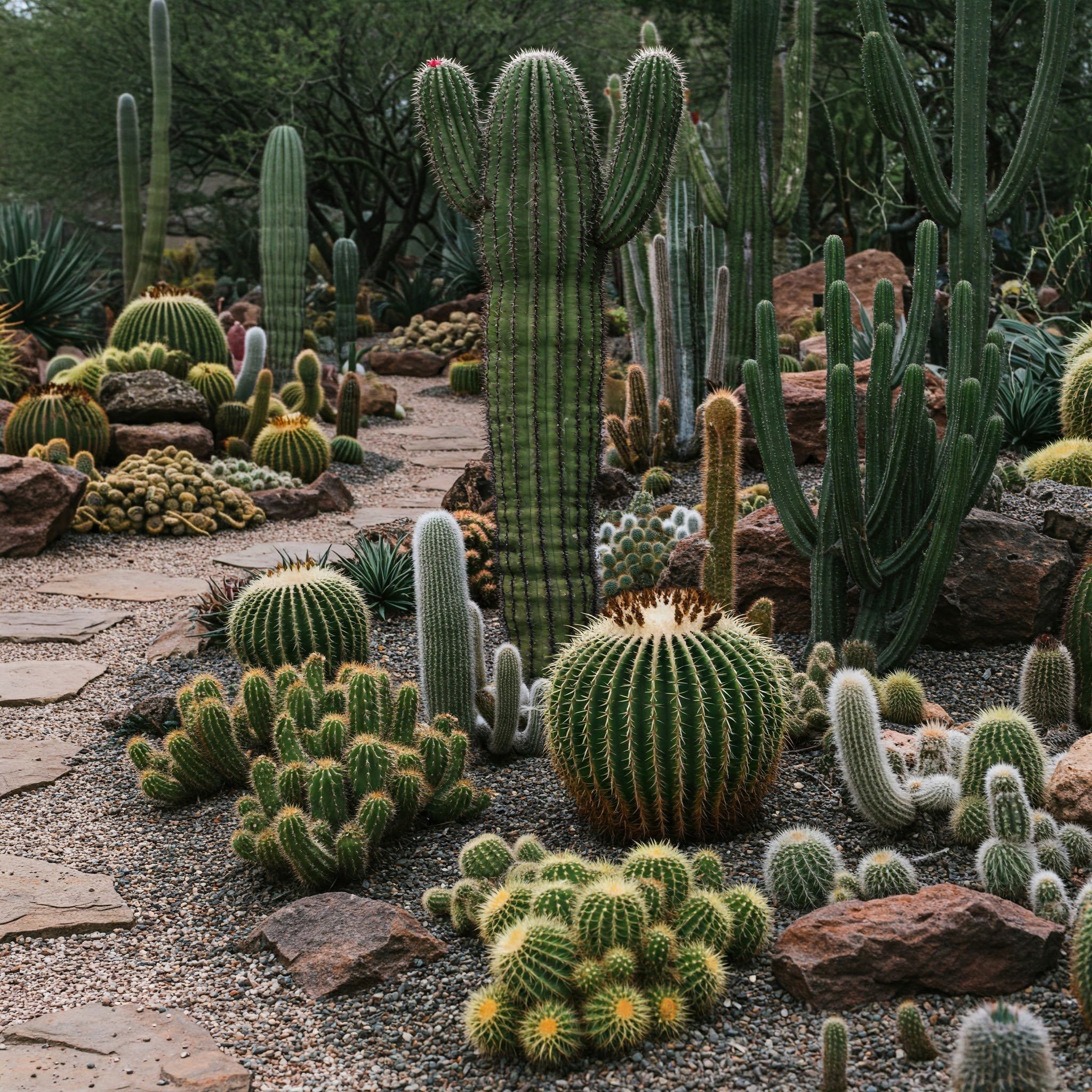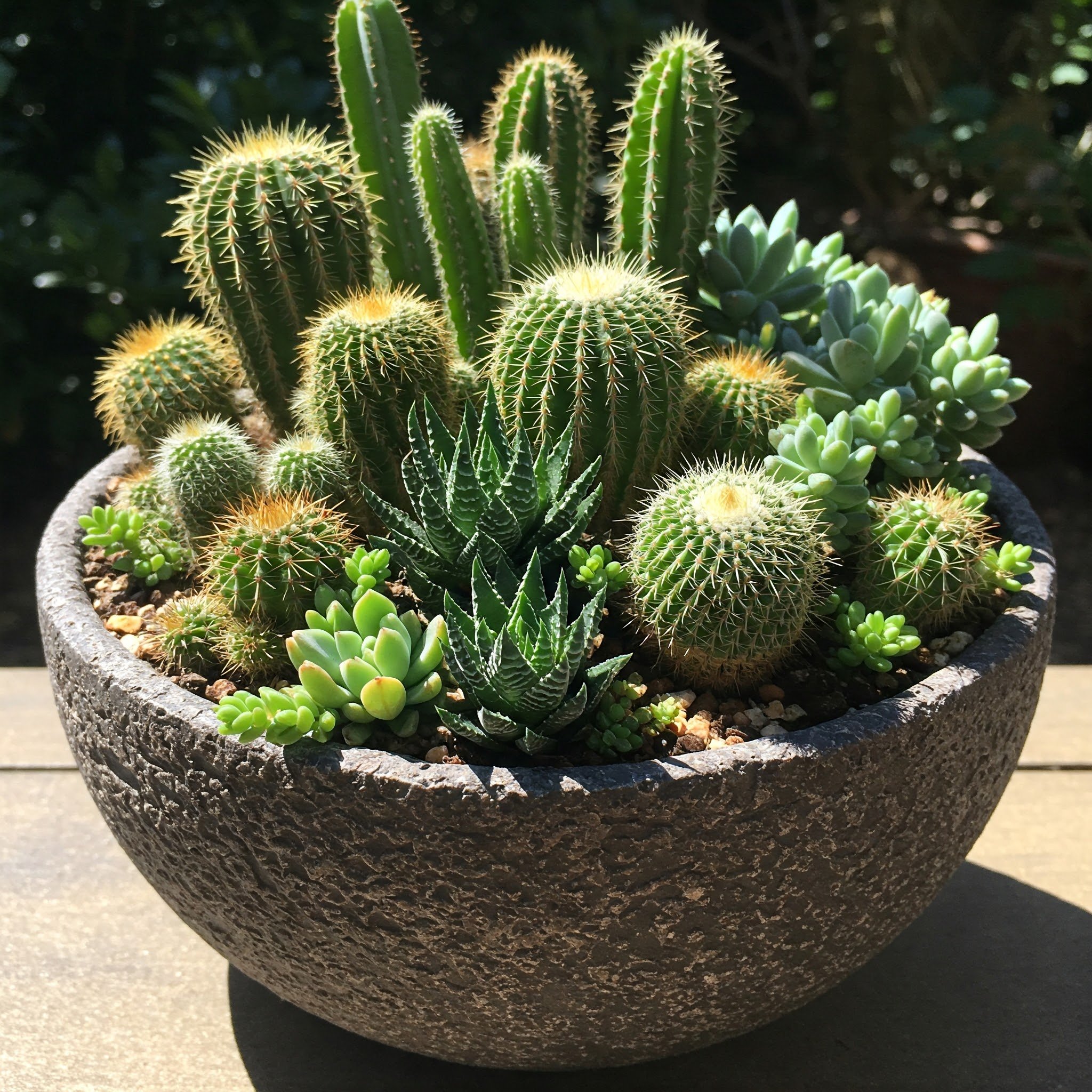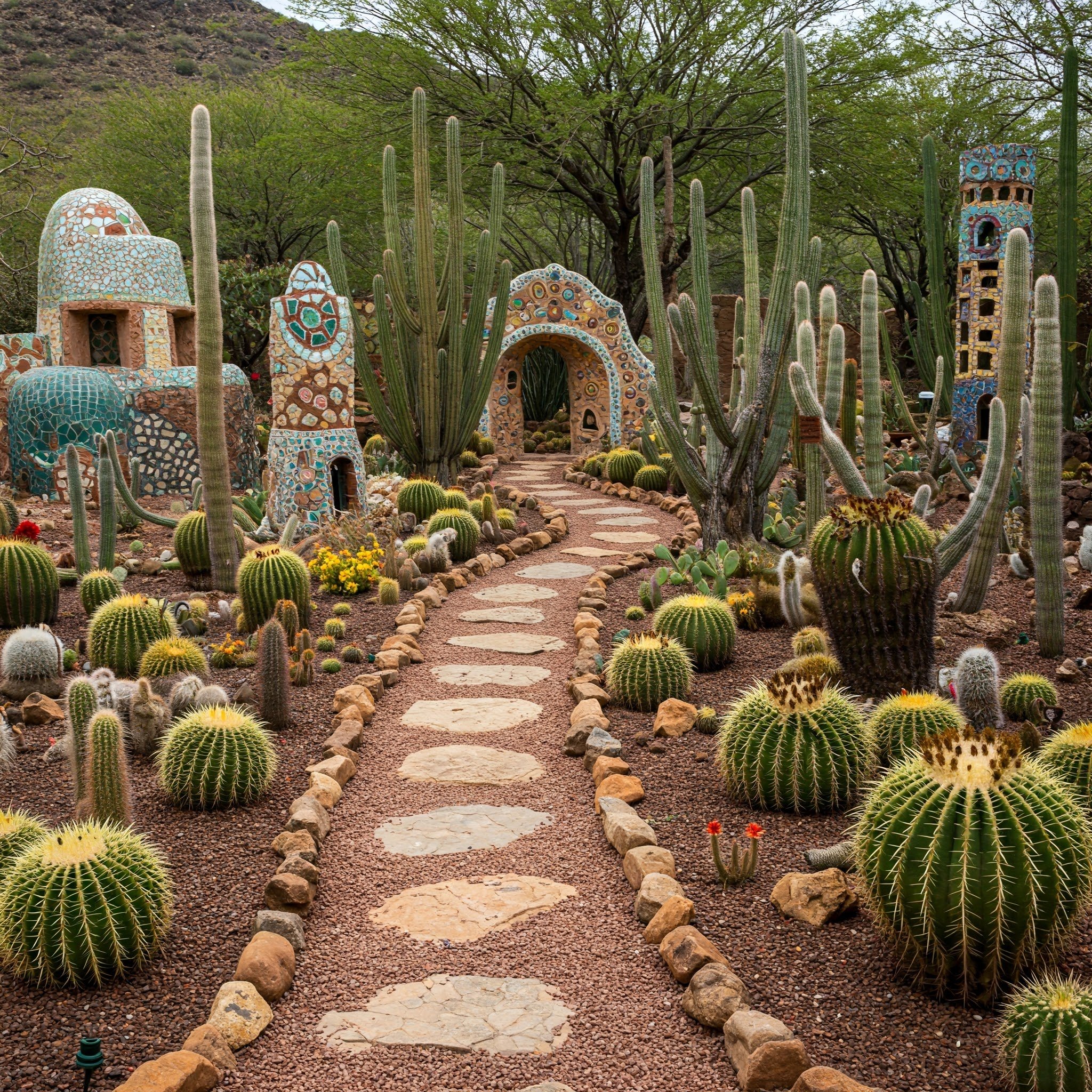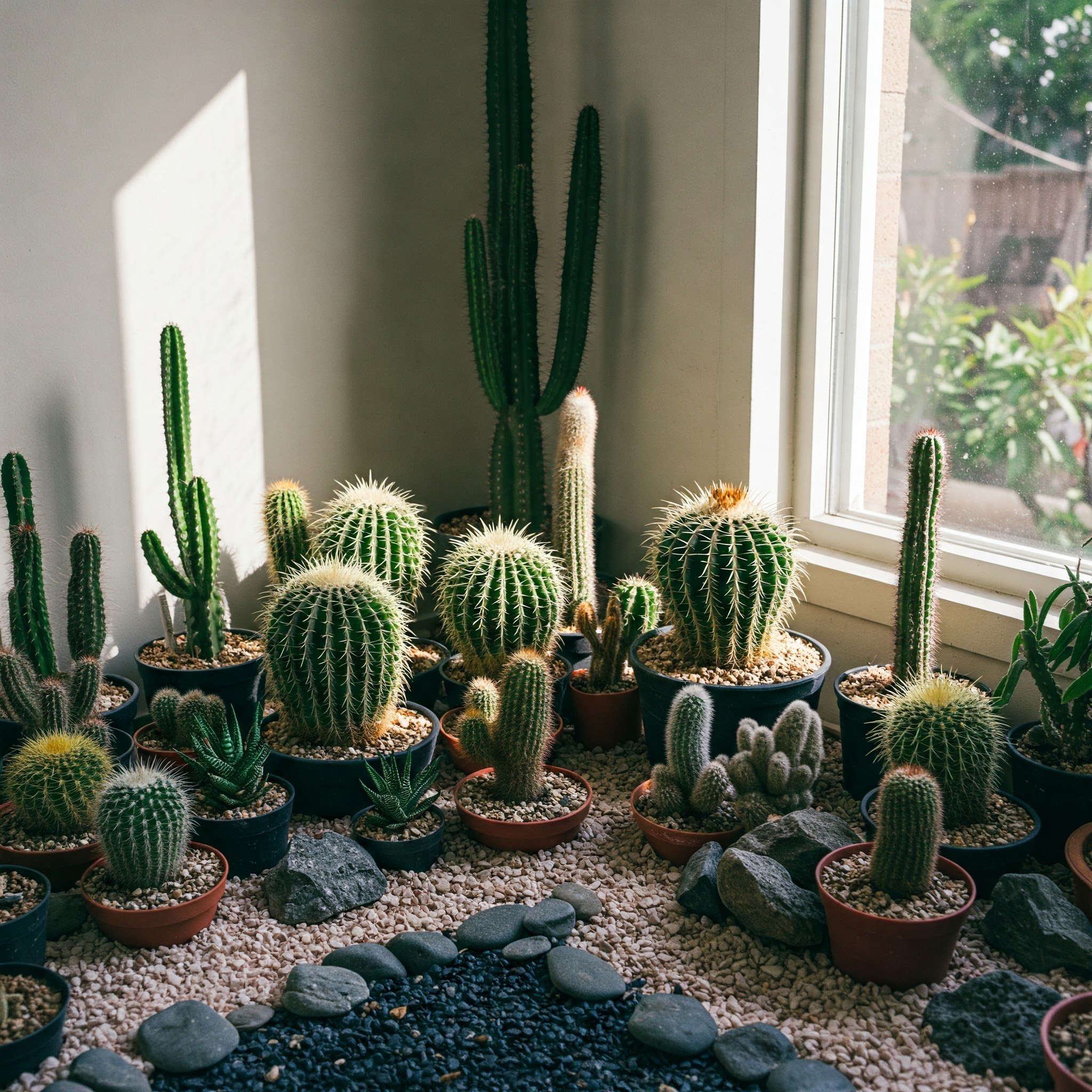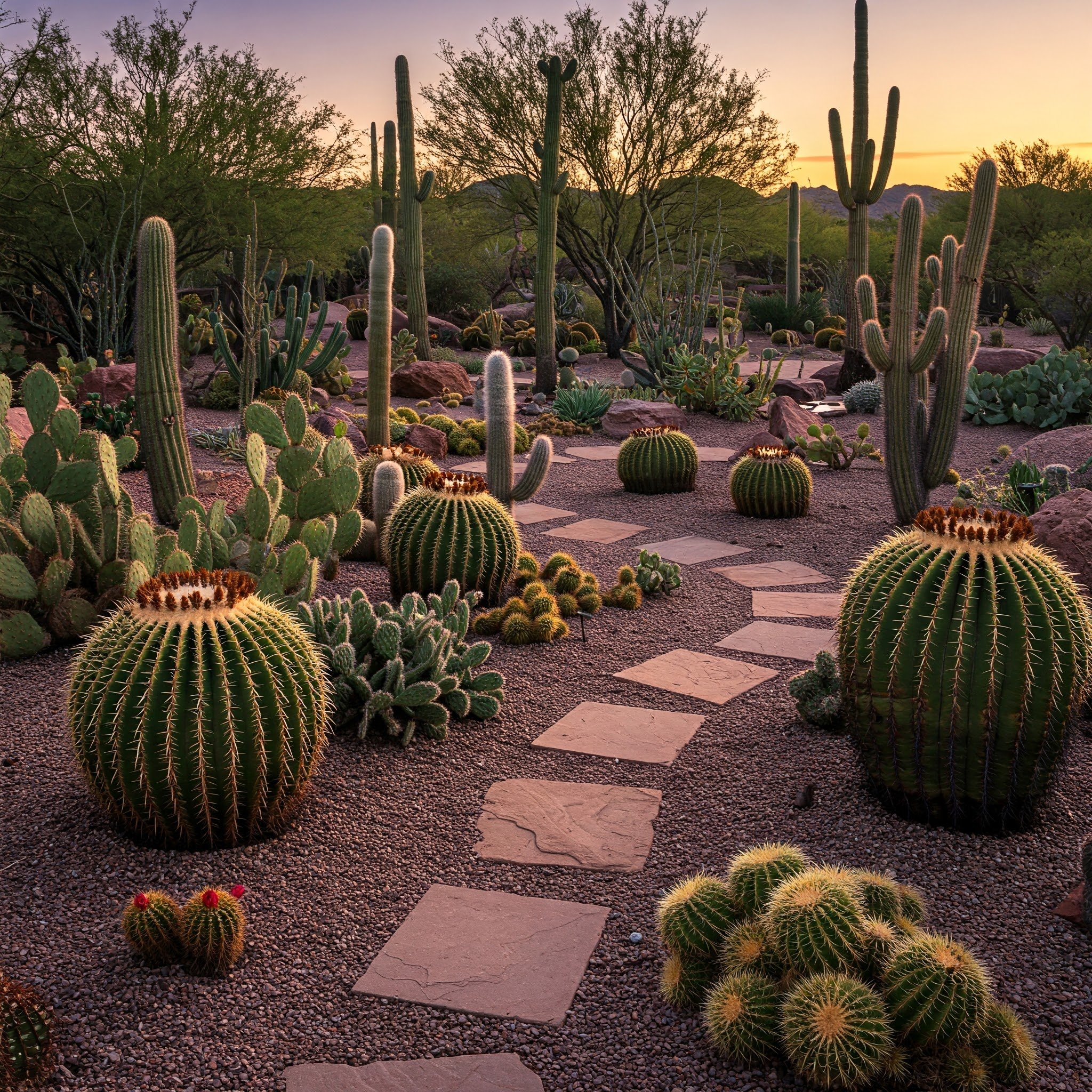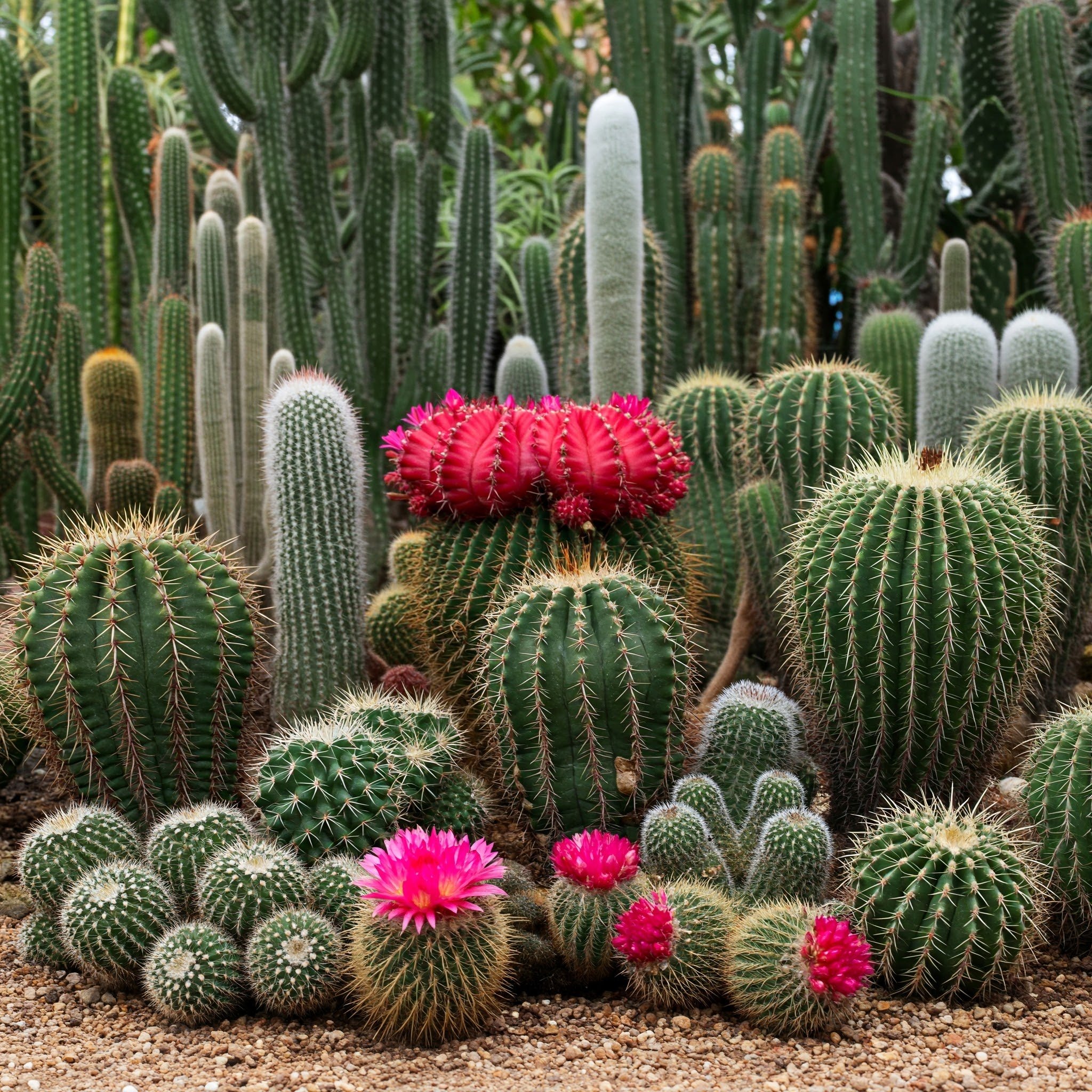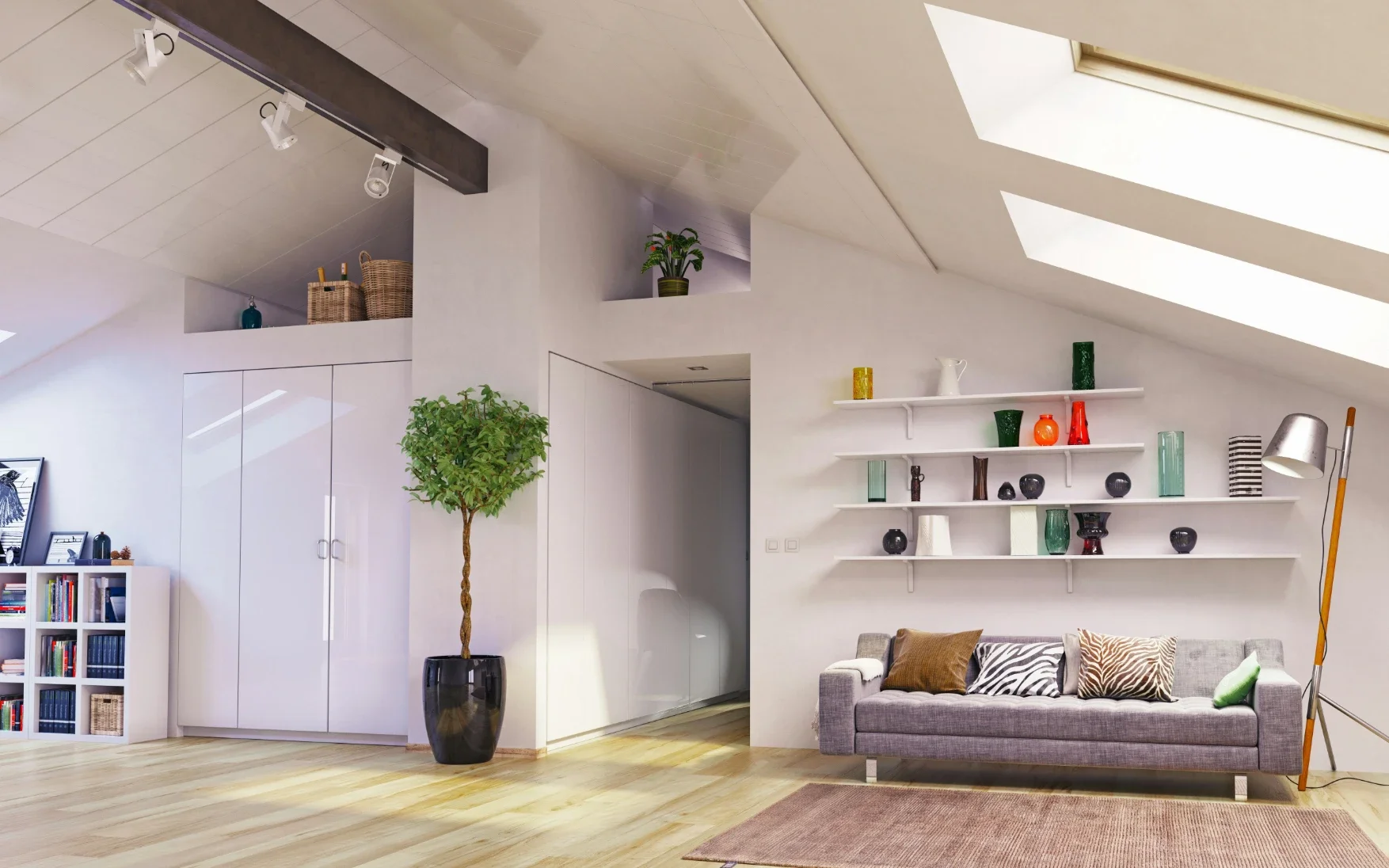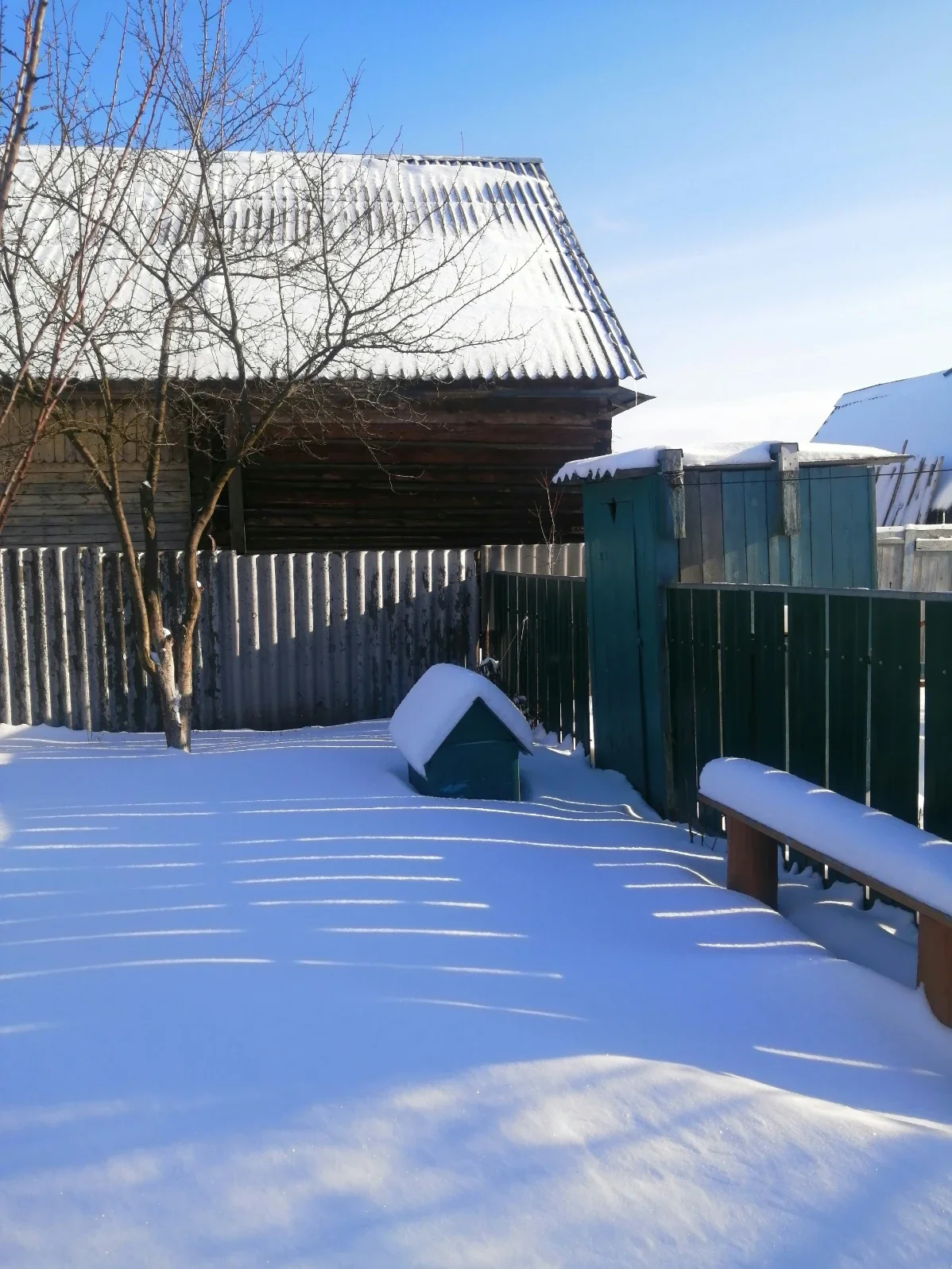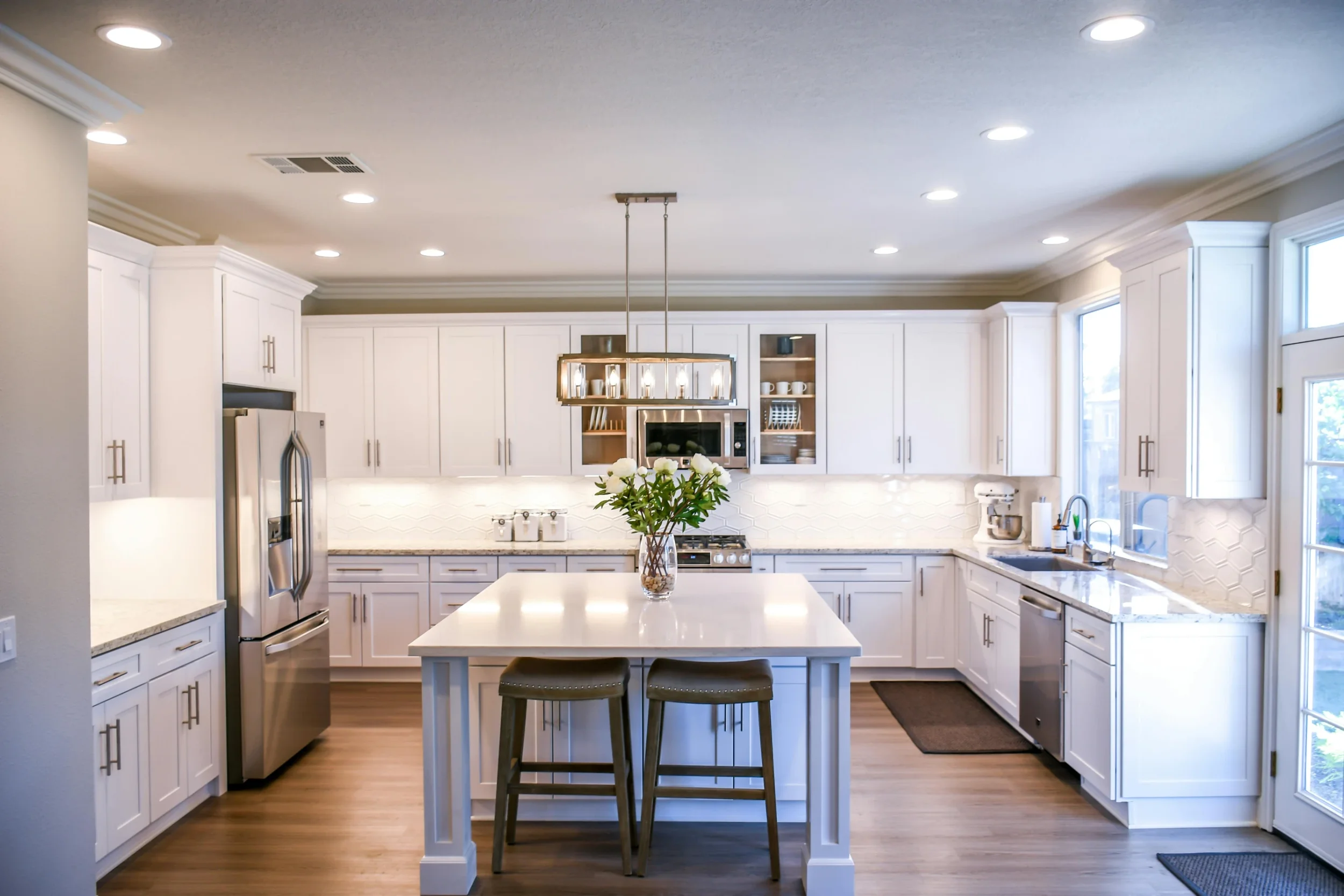15 Cactus Garden Ideas for a Stunning Desert Look
Unleash your inner landscape designer with these 15 cactus garden ideas that promise a breathtaking desert vibe. Discover creative ways to incorporate cacti in any outdoor space while embracing their low-maintenance charm.
Cacti aren’t just prickly plants relegated to dusty desert scenes; they’re hardy, versatile wonders that can transform any outdoor area into a dreamy desert oasis. If you’re tired of traditional, water-hungry flower beds, or you’re longing for a low-maintenance setup that still screams style, then cacti might just be your perfect match. Imagine walking through a pathway lined with tall, regal saguaros, or catching vibrant blooms on a prickly pear as you sip your morning coffee. Sounds delightful, right? In this article, we’ll take a deep dive into 15 cactus garden ideas that prove desert-inspired landscaping is anything but barren. From mixing succulents to creating dramatic focal points, these designs will inspire you to get prickly—in the best way possible. Ready to embrace the desert-chic vibe? Let’s dig in!
1. Understanding the Essence of a Desert Garden
When people hear “desert garden,” they often conjure up images of nothing but sand and scorching heat. But believe me, there’s way more to this style than cacti plopped into a dust bowl. A desert garden leans heavily on drama and simplicity, relying on earthy tones, sculptural shapes, and low-water plants that make a big statement with minimal fuss. Think about how desert landscapes can look both serene and striking at the same time—like a natural piece of artwork shaped by the wind and sun. To capture this essence at home, focus on clean lines, minimal clutter, and a color palette that echoes the desert sunset: warm oranges, dusty browns, and soft taupes. And of course, cacti are the stars of the show, bringing in that undeniable desert flair through their sturdy forms and spiny exteriors.
2. Selecting the Perfect Cacti for Your Climate
Not all cacti thrive in every corner of the world, so don’t just grab the first spiky specimen you see. Think about your regional climate: do you get frosty winters, or is it mostly hot and humid year-round? If you’re in a chillier area, resilient species like hardy prickly pears can shrug off the cold as long as they have good drainage. If your environment is warm and dry, barrel cacti or saguaros might be right up your alley. The fun part is discovering lesser-known varieties, too—like the bunny ear cactus with its adorable pads or the fishhook barrel cactus with its intriguing curved spines. Each type has unique needs, but in general, cacti love sun and dislike soggy soil. Make sure you double-check your chosen species’ temperature tolerance so your garden doesn’t fizzle out when the thermometer dips or spikes.
3. Incorporating Stones, Gravel, and Sand
Nothing shouts “desert aesthetic” quite like a crunchy gravel path or a sandy bed that sets off the architectural shapes of cacti. Using the right ground cover is like laying down the stage for your star plants. Think colorful pebbles in varying shades of gray or brown, or even a decorative crushed rock that contrasts with the green hues of cactus stems. Sand can also be a great addition, especially if you’re gunning for a true southwestern look. Try layering different textures—fine sand near smaller cacti, larger stones around big showstoppers. This not only makes your garden visually compelling but also helps with drainage, preventing those dreaded root rots. Don’t forget that the desert is all about open spaces. Leaving portions of bare, sandy ground can add a sense of vastness, like your yard stretches all the way to the horizon.
4. Playing with Heights and Layers
Cactus gardens might seem simple, but the most captivating ones cleverly use height and depth. Imagine short, squat cacti cozied up against tall, columnar species like organ pipe cactus, creating a pleasing visual tiered effect. You can also incorporate raised beds or platforms to spotlight certain plants. Tiered planters—especially those built from natural materials like stone—offer multiple layers where cacti can sprawl without stepping on each other’s toes. If you love drama, set a towering saguaro in the background and scatter lower-growing cacti, like golden barrel or aloe-based succulents, in the foreground. When done right, you’ll get a sense of dimension that transforms a static collection of plants into a dynamic, living landscape. Bonus tip: mixing various shapes and sizes can mimic the random but oh-so-cool look of nature itself.
5. Edging with Cacti
Ever considered using cacti as borders or fences? It might sound like a prickly proposition, but it’s actually a genius way to define spaces in your yard. Cacti serve as a natural deterrent for both unwanted wildlife and overly curious neighbors. Tall species like fence post cactus can form a living wall, while low-growing varieties like hedgehog cactus can line pathways. Just make sure you leave enough room so you don’t accidentally brush against spines—no one wants to be on the wrong end of that barb. Pair these cactus edges with a simple stone or wood border for a clean, modern vibe. If you’re feeling bold, place small pebbles or crushed rock around the base of each cactus to accentuate their shapes and keep the area tidy. It’s fencing with attitude—and way more eco-friendly than chain link.
6. Mixing Succulents and Cacti
Contrary to popular belief, cacti aren’t the only succulent game in town. Echeverias, agaves, aloes, and sedums can all play nice in a cactus garden, creating pockets of color and variety that elevate your design. Think of them like supporting actors that complement the main cactus stars. If you place a tall cactus in one corner, try surrounding it with a cluster of rosette-shaped succulents for a balanced, dynamic look. The beauty of mixing is that many succulents share similar watering requirements, so you won’t need to fuss with multiple irrigation zones. You’ll also get a kaleidoscope of shapes—spiky, round, or teardrop leaves—that keeps your landscape from feeling monotonous. Just be mindful of spacing: some succulents spread faster than others, so plan ahead to prevent them from muscling out your cacti. Your desert scape should feel like a cohesive chorus, not a plant-based turf war.
7. Container Cactus Gardens
Got limited space or just love the idea of portable greenery? Container cactus gardens might be your ticket. The great thing about potted cacti is they’re easy to move if the sun shifts seasonally or if a harsh winter demands indoor shelter. Think terracotta pots for that earthy, rustic feel, or sleek concrete planters if you’re chasing a modern edge. Arranging a variety of cacti in one large container can create a mini-desert scene—just add pebbles, a decorative rock or two, and boom, instant oasis. Layering different heights and shapes in a single planter offers eye candy for anyone passing by. Plus, containers let you experiment with exotic species that might not survive if planted in the ground. Just remember, drainage is key: use well-draining soil and pots with holes to avoid waterlogged roots. After all, cacti prefer to sip, not guzzle.
8. Mesmerizing Cacti Blooms
Believe it or not, cacti are no strangers to spectacular blooms that can steal the show from more conventional flowers. The desert bloom is fleeting but glorious—think vivid reds, yellows, pinks, or even deep purples. Prickly pears produce bright, showy blossoms, while the night-blooming cereus unfurls magical white flowers under moonlight. If you’re a color enthusiast, plan your garden to highlight these ephemeral wonders. You might time your gatherings around blooming seasons, giving friends and family an unforgettable visual treat. Just be sure to keep an eye on your watering schedule. While cacti prefer minimal hydration, a little extra moisture before the blooming season can help coax out those colorful petals. And once they open, snap your photos—these blooms might last only a few days before they bid adieu for another year.
9. Combining Hardscapes and Softscapes
A striking desert look often emerges from the interplay of solid, man-made elements (hardscapes) and natural plant life (softscapes). Picture a rustic stone wall with tall columnar cacti standing guard, or a modern concrete bench nestled among clusters of succulents. Hardscapes like pathways, retaining walls, or even pergolas add visual structure and lead the eye through your garden. Meanwhile, your cacti and other drought-friendly plants provide the soft touches of greenery (and the occasional pop of color). This synergy can also help with water management—paved paths guide rainwater to strategic areas, so you’re not soaking every inch of soil unnecessarily. Don’t be afraid to experiment with textures: rough stone slabs against smooth cactus surfaces can be a match made in desert heaven, creating a tranquil retreat that’s as functional as it is photogenic.
10. Creative Themes for Your Desert Oasis
Your cactus garden doesn’t have to mimic a generic desert scene; it can reflect your personality and spark conversation. How about a southwestern fiesta theme, complete with terracotta pottery, warm string lights, and a bold color palette? Or maybe a Zen-inspired layout where cacti and raked gravel evoke a calm, meditative space? You could even channel Old Hollywood glamour by pairing tall, slender cacti with iconic Art Deco ornaments, reminiscent of a vintage Palm Springs retreat. If you’re a minimalist, stick to monochromatic tones—whites, grays, and greens—to let the sculptural forms of the cacti take center stage. Don’t forget the finishing touches: scatter a few desert-inspired accessories like skull decor, vintage signs, or mosaic tiles for extra flair. By weaving your personal style into the design, your cactus garden becomes an extension of you—one that’s sure to spark delight for visitors.
11. Indoor Cactus Corners
Who says a desert vibe is strictly for the outdoors? Indoor cactus corners can inject life into any room, especially if you’re craving a touch of the Southwest but lack backyard space. Place a trio of varied cacti near a sun-drenched window, and suddenly that corner transforms into a mini-retreat. You could even hang small planters from the ceiling, creating a floating desertscape that draws the eye upward. For an artsy flair, consider grouping different pot shapes—ceramic, clay, or even glass—to add depth and personality. Just make sure your cacti get enough sunlight; south-facing windows usually do the trick. Remember, indoor cacti need less water than their outdoor counterparts because they’re not contending with scorching heat. Think of them like housemates who are super chill and rarely ask for anything—just a little sunshine and an occasional sip of water.
12. Eco-Friendly Desert Landscaping
When it comes to sustainability, cactus gardens shine bright—like the desert sun at high noon. Their low-water requirements make them all-stars in regions grappling with drought or folks who want to shrink their carbon footprint. By embracing xeriscaping principles—landscaping that minimizes irrigation needs—you’re not only saving on water bills but also doing a solid for the environment. Cacti and their succulent cousins store water in their stems, leaves, or roots, letting them thrive with minimal fuss. Beyond plants, eco-friendly desert landscaping includes permeable pathways that reduce runoff and innovative drip irrigation systems that deliver water directly to the roots. You can go even greener by collecting rainwater in barrels to hydrate your prickly pals. When you cultivate a cactus garden, you’re essentially creating a mini ecosystem that’s both beautiful and kind to Mother Earth—win-win, right?
13. Cactus Safety and Spacing
You might admire your new cactus babies, but remember, those spines pack a punch. A well-planned layout ensures both you and your garden visitors can enjoy the view without risking a thorny encounter. Start by considering how tall and wide each species grows; some cacti balloon outward over time, while others remain slender. Give each plant enough elbow room—not just for safety, but also for proper airflow and root expansion. If you have kids or pets prone to curious explorations, you might install subtle barriers like decorative fencing or use raised beds that keep the spines at bay. Think of cactus spacing like personal space in a crowded elevator: it’s crucial for harmony. With a little planning, you’ll avoid accidental jabs and maintain a garden that’s as safe as it is stunning.
14. Seasonal Care and Maintenance
Although cacti are famously low-maintenance, they’re not maintenance-free. In colder months, some species may need a bit of extra warmth, like a protective frost cloth if you live in a frosty region. Alternatively, you can move container cacti indoors to a sunny spot until the weather warms up. Watering schedules might shift with the seasons, too—when temperatures drop, cut back on watering so roots don’t sit in damp soil. Keep an eye out for pests like mealybugs or spider mites; though relatively rare, they can show up uninvited. And while cacti adore the sun, you might have to rotate containers or check for sunburn in super-intense summer heat. Think of cactus care like a part-time gig: it won’t consume your life, but the occasional check-in ensures these hardy plants stay healthy and picture-perfect year-round.
15. Showcasing Cacti with Focal Points
Every great landscape design has a focal point or two—places where your eyes instantly travel when you step into the space. In a cactus garden, these focal points could be a massive saguaro-like sentry commanding attention, or a sculptural metal statue flanked by clusters of smaller cacti. Think of these showpieces as the headliners at a festival, with supporting acts dotted around them. By spotlighting one or two standout plants, you guide visitors on a visual journey instead of a random stroll. You can also use lighting to enhance that drama: place solar or low-voltage lights at the base of tall cacti so they cast intriguing shadows at dusk. Essentially, you’re orchestrating a symphony of spines, shapes, and light, turning an ordinary garden into a memorable desert masterpiece brimming with personality.
Conclusion
Designing a cactus garden is about more than plopping a few spiky plants into some gravel. It’s a genuine expression of creativity, an invitation to embrace low-maintenance beauty, and a nod to the rugged allure of desert landscapes. When you arrange cacti in thoughtful ways—playing with height, texture, and the occasional bloom—you end up with a space that’s both visually striking and ecologically friendly. Whether you choose to experiment with containers or go big with a southwestern theme across your entire yard, cacti are adaptable co-stars just waiting to shine. And let’s not forget the rewards: minimal watering chores, striking sculptures that evolve over time, and a layout that looks equally good in bright sunlight or soft moonlight. In short, a cactus garden is the perfect blend of bold design, sustainability, and a dash of desert magic.
Read next: 15 Stunning Desert Plants for a Drought-Tolerant Garden
Frequently Asked Questions
1. Do I need special soil for a cactus garden?
Yes, using well-draining soil is crucial. Cacti hate sitting in waterlogged dirt and can develop root rot. Commercial cactus mixes or a DIY blend with sand, perlite, and garden soil usually works well.
2. How often should I water my outdoor cacti?
It depends on your climate. In hot, dry conditions, you might water every two weeks. In cooler or humid regions, once a month or less could suffice. Always let the soil dry out before the next watering.
3. Can cacti survive in cold weather?
Some cold-hardy species like certain prickly pears can handle frosty conditions. However, many cacti prefer warmer temperatures. Check each species’ tolerance and consider indoor overwintering if your area gets very cold.
4. What are some non-spiky succulents I can pair with cacti?
Echeverias, haworthias, and sedums are popular choices. They offer interesting shapes and colors while complementing the structural look of your cacti, all without threatening to poke you.
5. How do I handle cacti safely during repotting or rearranging?
Use thick gloves or wrap the cactus in layers of newspaper or cloth to avoid direct contact with spines. Work slowly and carefully, supporting the plant at its base to prevent damage to roots or stems.
